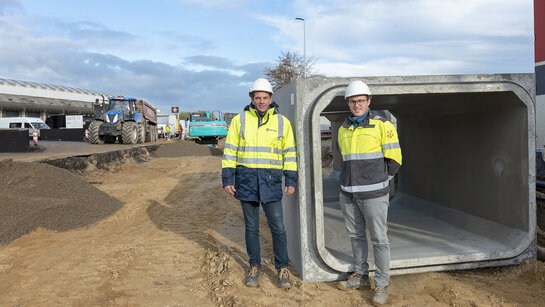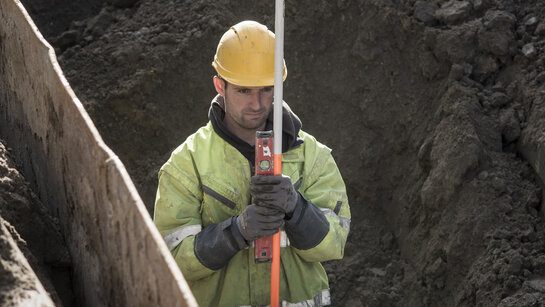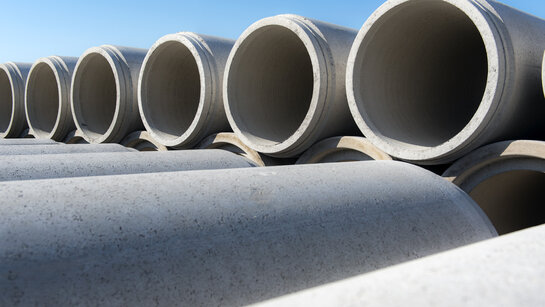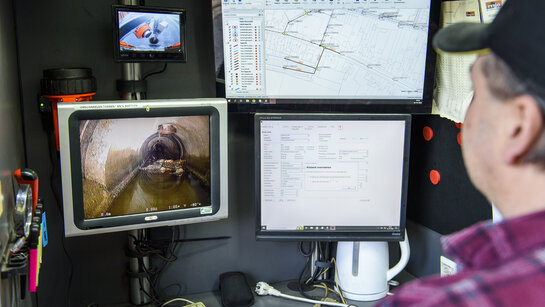Fluvius is also responsible for sewerage in 83 Flemish cities and municipalities. In this regard, we are the key partner for the climate adaptation and sewerage grids of tomorrow.
Fluvius wants to optimally support local administrations in smart water management, so that together we can build future-proof (water) grids.
How are we preparing our sewerage grids for climate change?
Climate change has been making itself felt more and more intensively in recent years. Long periods of drought are alternating with unprecedented volumes of rainfall. These significant changes are prompting us to rethink our sewerage grid and the way we use water. On the one hand, we want to restore the natural cycle by allowing water to infiltrate wherever possible. On the other hand, we also need to focus more on reuse.
Our investment plan therefore targets four major focal points:
- Reducing drinking water consumption
First of all, we need to become more aware of our water consumption. Digital water meters, installed in synergy with our energy meters, can be a useful tool in this regard. We then raise awareness among our customers and encourage them to use rainwater instead of precious drinking water as much as possible. We do this through campaigns and grants for rainwater cisterns. - Circular use of water
By connecting as many customers as possible through separate sewerage grids for wastewater and rainwater, we can treat waste water even more efficiently and create more possibilities for rainwater to infiltrate into the soil. In addition, in the longer term, we want to reuse treated waste water more often instead of just letting it flow into our watercourses - Futureproof sewerage grids
As sewerage grids are expensive to build, we want to avoid widening our pipes as much as possible in response to climate change. Digitisation offers new opportunities in this regard. That way, we can make smarter use of the available buffers and monitor our grids more accurately. Our approach in this regard is primarily obtaining additional data on inflow, outflow and buffering, but also detailed weather forecasts and rainfall models. - Open data
The data we acquire by monitoring our grids more closely can also be useful for others. That's why we want to make all this data available to users, both upstream and downstream partners in the chain, and any third parties. For example, we can work together to limit the effects of intense rainfall, or warn residents in good time when there is a flood risk.
Every year, Fluvius invests €130 million in the sewerage grids under its management, and this will continue at least until 2033.



